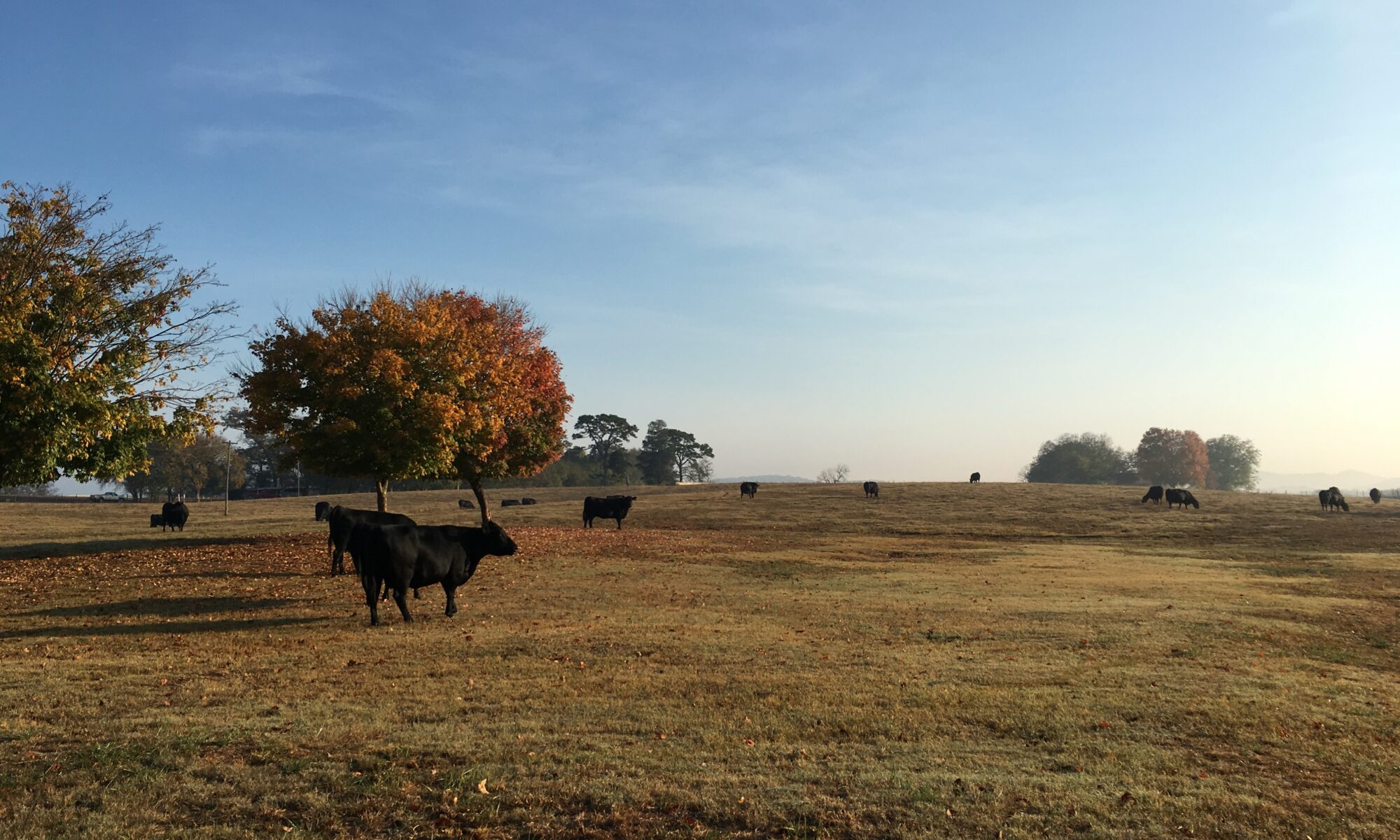

Dr. Bruno Pedreira
Associate Professor and Extension Forage Specialist
Department of Plant Sciences
Director, UT Beef & Forage Center
P: 865-974-3535
At the end of 2024, I had the opportunity to join beef and forage specialists at Texas A&M for the 2024 Forum on Systematic Mapping of Beef Production Risks. This initiative, funded by the Department of Homeland Security Center of Excellence under the project “Cross-Border Threat Screening and Supply Chain Defense,” focused on identifying threats and risks to our livestock systems. As a forage specialist, I was honored to lead the “Mitigating Risks in Forage-Based Beef Cattle Systems” roundtable.
It was a great learning experience! Our group, made up of experts from across the country, discussed a variety of risks, including land-use efficiency as global demand for food, feed, and fiber grows; fertilizer availability; emerging pests and diseases; invasive plants; and more. One topic that stood out to me was the reliance on monocultures of tall fescue, particularly Kentucky 31.
Tennessee sits in the heart of the Tall Fescue Belt, which covers over 20 million acres across 16 states and supports more than 40% of U.S. beef cattle farms, primarily cow-calf operations. While Kentucky 31 has been a backbone for these farms, it raises an important question: how resilient are our forage systems?
The last two years, 2023 and 2024, brought consecutive fall droughts that severely impacted forage production in Tennessee. Many of us will need to renovate pastures or rethink forage strategies in 2025. Renovating pastures is one of the most expensive activities in forage management, and ideally, we aim for our tall fescue pastures to last 15 to 20 years or more. This brings me to a challenge for all of us: how can we build more resilient forage systems? What can we do to better withstand unpredictable weather and longer, hotter summers?
In Tennessee, we’ve already seen how vulnerable some systems can be. Years ago, Bermuda grass was more common, but it was devastated by a fungus. What if something similar happened to Kentucky 31? I’m not declaring war on Kentucky 31 – it has been serving us well – but I believe we need to diversify. Incorporating more species, annuals, and warm-season forages into our systems can improve resilience.
For example, crabgrass has naturally taken over some fescue pastures struggling with hotter, drier summers. Improved crabgrass varieties now available on the market are even better than the native ones. We also have opportunities to incorporate more legumes like clovers, which improve forage quality and yields through biological nitrogen fixation, benefiting companion grasses. For information on forage variety trials, visit our UT Beef and Forage Center website at UTBEEF.COM.
I’d like to end by inviting you to the Novel Endophyte Tall Fescue Renovation Workshop in Evensville, TN, on March 4. This program, organized by the University of Tennessee and the Alliance for Grassland Renewal, will cover alternatives for pasture renovation. You can find more details at UTBEEF.COM. I hope to see you there!